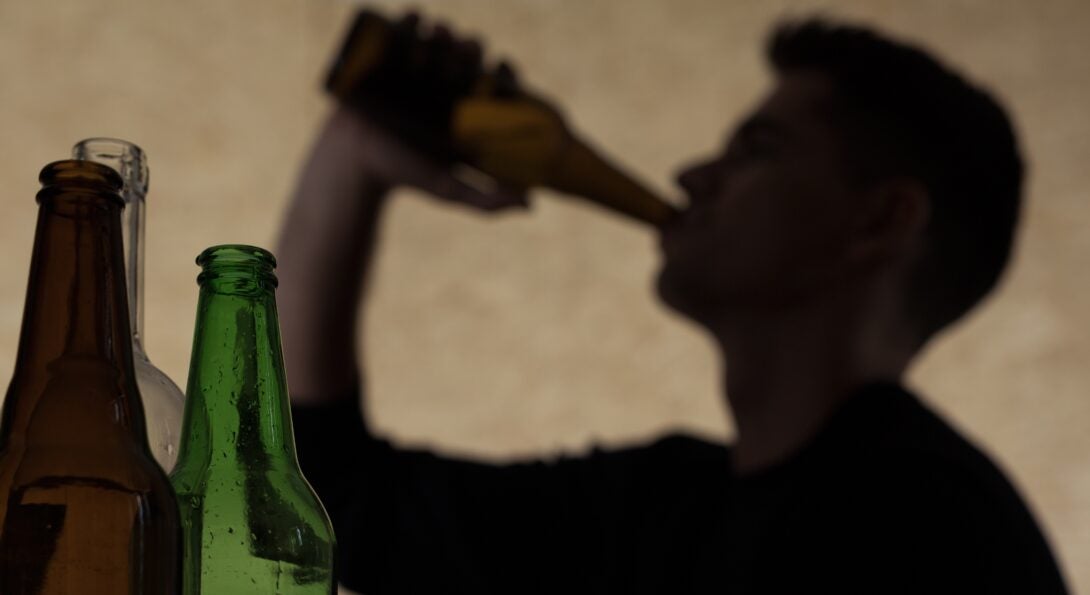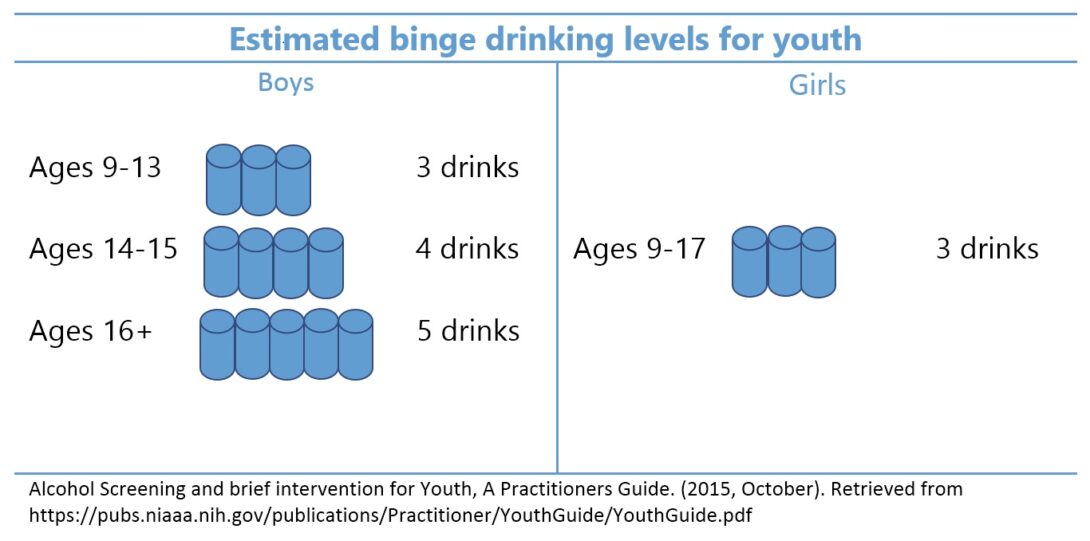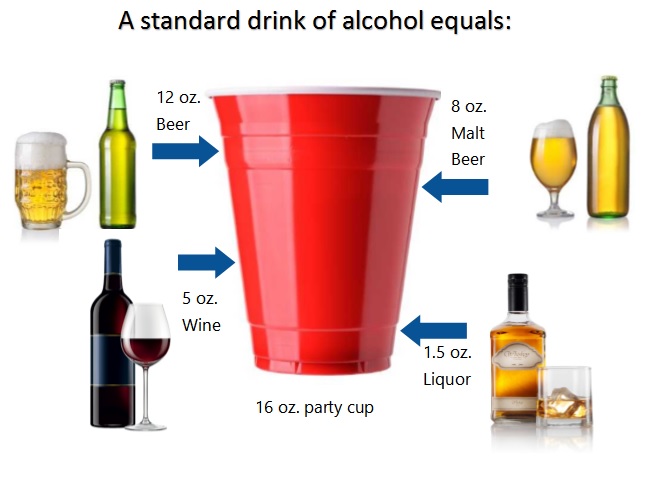Binge Drinking

The National Institute on Alcohol Abuse and Alcoholism defines binge drinking as a pattern of drinking that brings a person’s blood alcohol concentration (BAC) to 0.08 grams percent or above. According to the CDC, binge drinking is the most common, costly, and deadly pattern of excessive alcohol use in the United States.
Historically, adult measures have been used as guidelines for adolescent binge drinking. Donovan (2009) suggests lower cut off points for children and adolescents. Utilizing adult guidelines allows for the potential to miss the damaging impact of increased alcohol use in younger children.
Title Heading link
Adolescents who consume alcohol have been found to have higher rates of heavy drinking when compared to adults (Siqueira and Vincent, 2015).
♦ 50% for children 12 to 14 years of age
♦ 79% for 18 to 20 years of age
Illinois High School Heading link

Adolescents in the Midwest were more likely to report extreme binge drinking than other geographic areas (Smith and Vincent, 2015).

